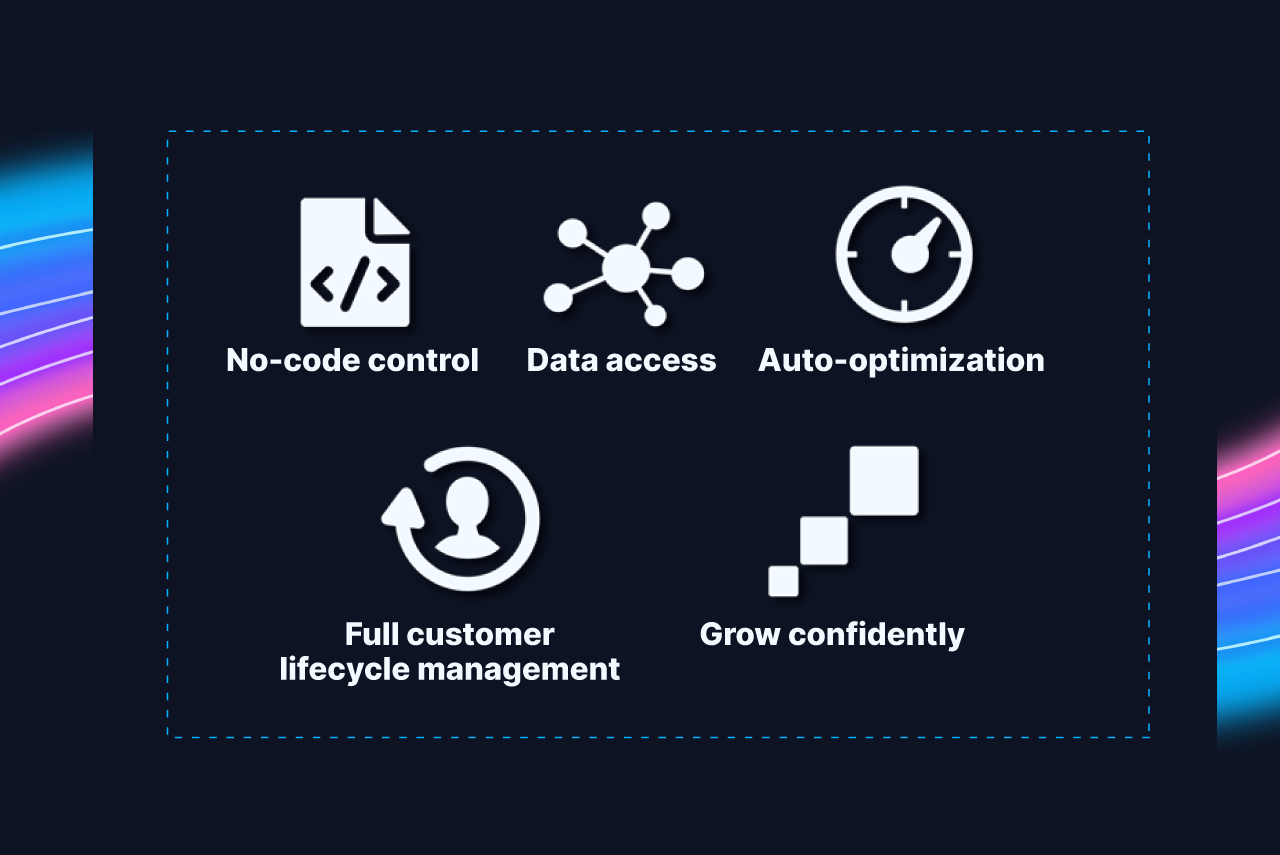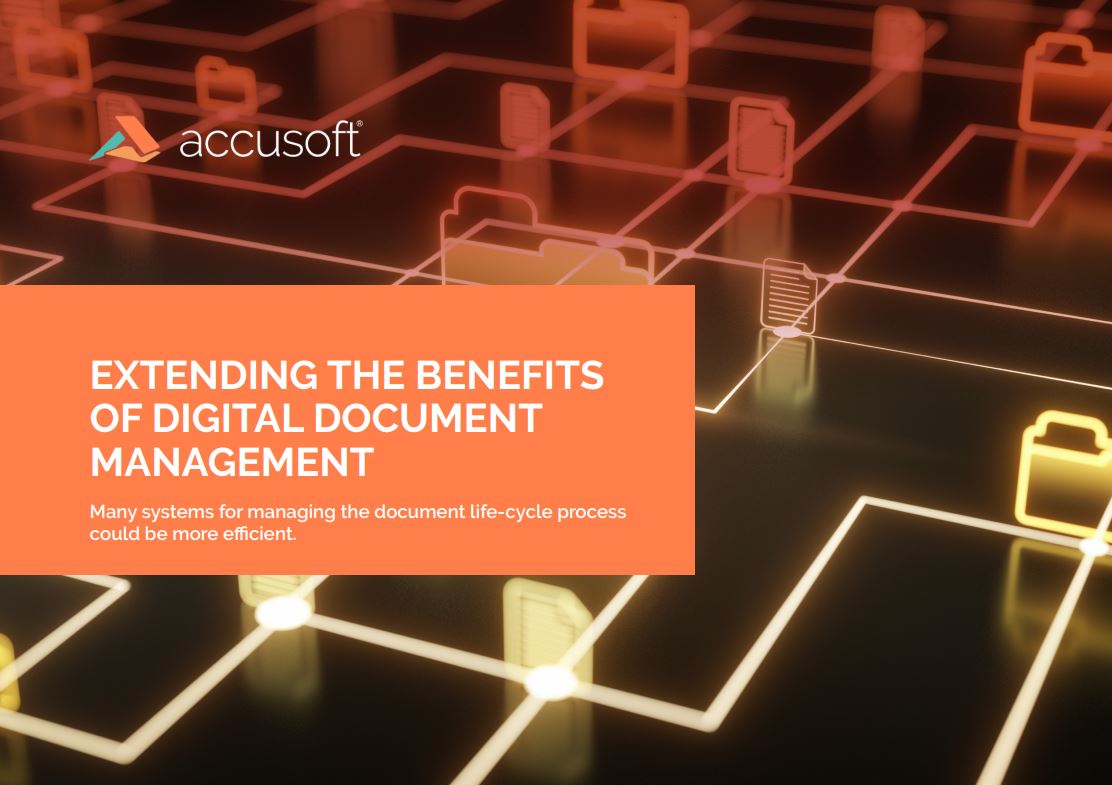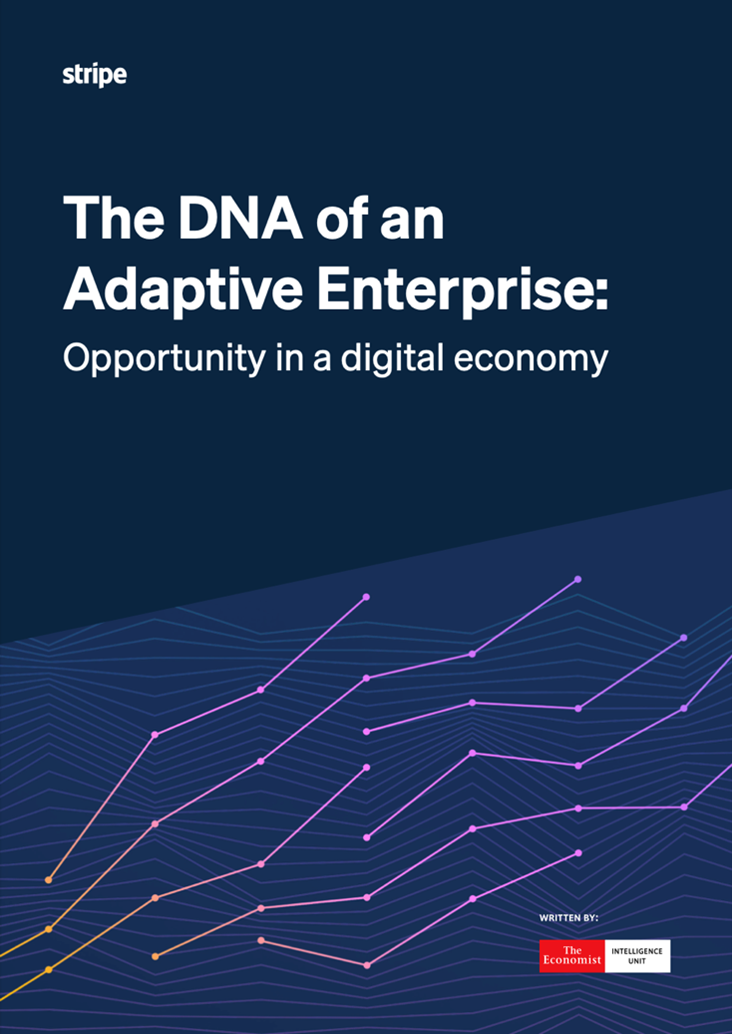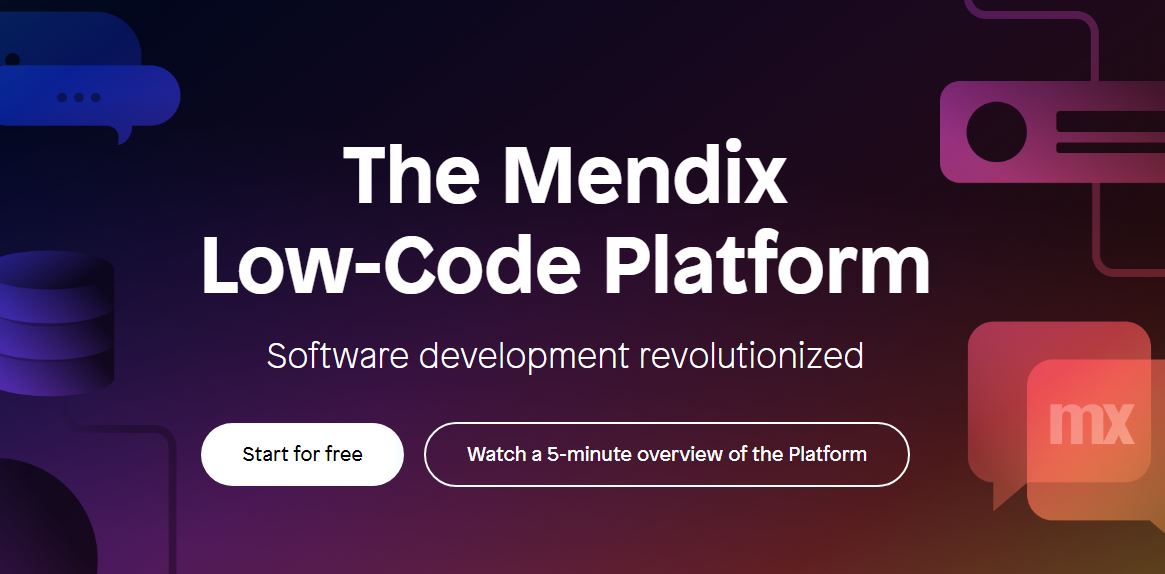
The following is a sponsored post by Tim FitzGerald, EMEA Financial Services Sales Manager, InterSystems.
If the last few years have proven anything, it’s that market volatility will occur with monotonous regularity. Even if we can’t predict the exact nature of the turbulence – whether it’s the impact of geo-political events, pandemics, elections, or disasters – the effects are being felt with increasing frequency. Being able to anticipate and respond to sudden market changes has become increasingly important.
As many organizations look to obtain the capabilities needed to become more agile and resilient in the face of this ongoing volatility, the role of data has become more widely recognized. In particular, in a landscape where things can change very quickly, there is a growing understanding of the importance obtaining fresh data.
Today, the ability to see and work off data in real-time is essential for a financial services firm to compete. However, despite the clear need to be able to use fresh data, many firms face significant challenges in accessing and leveraging data in real time. At the heart of these difficulties lie the growing volume, velocity, and complexity of the data firms are dealing with.
Consequently, if firms are to become more resilient and agile to anticipate and respond to market volatility, they must begin by solving these challenges. At its core, this requires organizations to not only bridge their data silos, but also to simplify their data architecture.
The growing burden of data silos
For large numbers of financial services, siloed systems across multiple departments are proving to be a sizable burden. These ever-growing data silos lead to data that is inconsistent, disparate, and difficult to interpret. Often, these organizations have also amassed overly complex data infrastructures that rely on a disjointed set of technologies for data management, semantic layers, data pipelines, data integration, and analytics, making it difficult to obtain information and insights in a timely manner.
Together, these issues prevent firms from being able to get the insights they need to adapt to changing market conditions, capitalize on crucial business opportunities, comply with changing industry regulations, and gain an accurate understanding of risk and decisions related to financial data. Put another way, it severely impacts their agility and resiliency. Ultimately, it is far simpler for these organizations to have a system that is easy to understand, use and adapt, rather than trying to navigate hundreds of different applications dispersed across many locations.
A data architecture fit for modern-day volatility
As market volatility continues to bring these challenges into stark focus, a new architectural approach, the smart data fabric, which speeds and simplifies access to data assets across the entire business has emerged as a solution for financial services firms.
Powered by a unified data platform, the smart data fabric accesses, transforms, and harmonizes data from multiple sources, on demand, to make it usable and actionable for a wide variety of business applications. Analytics capabilities embedded within the platform, including data exploration, business intelligence, natural language processing, and machine learning, make it faster and easier for firms to gain new insights and power intelligent predictive and prescriptive services and applications.
In addition to simplifying their data architecture, implementing a unified data platform allows existing legacy applications and data to remain in place. This helps firms to maximize the value from their previous technology investments, including existing data lakes and data warehouses, without having to “rip-and-replace” any of their existing technology.
Moving forward in a volatile landscape
Faced with continued market volatility, the ability to incorporate real-time transactional data and eliminate delays in accessing data stored in production applications and data silos offers financial services firms a wide range of benefits. Not least is that business leaders will be able to make decisions based on accurate and current data, rather than data that is weeks old, helping to eliminate errors and missed business opportunities.
This consistent, accurate, real-time view of the data they need to run their business will also enable firms to make more informed and better decisions, and give them the resiliency and agility to anticipate and adapt to changing market conditions. Armed with a complete 360-degree view of both their business and their customers, financial institutions can turn their data into a true business enabler. This will empower firms to better capitalize on crucial business opportunities, comply with changing industry regulations, and gain an accurate understanding of risk and decisions related to financial data. Above all, it will ensure that they are no longer on the back foot when spikes occur and can instead continue to move their businesses forward during times of uncertainty.















